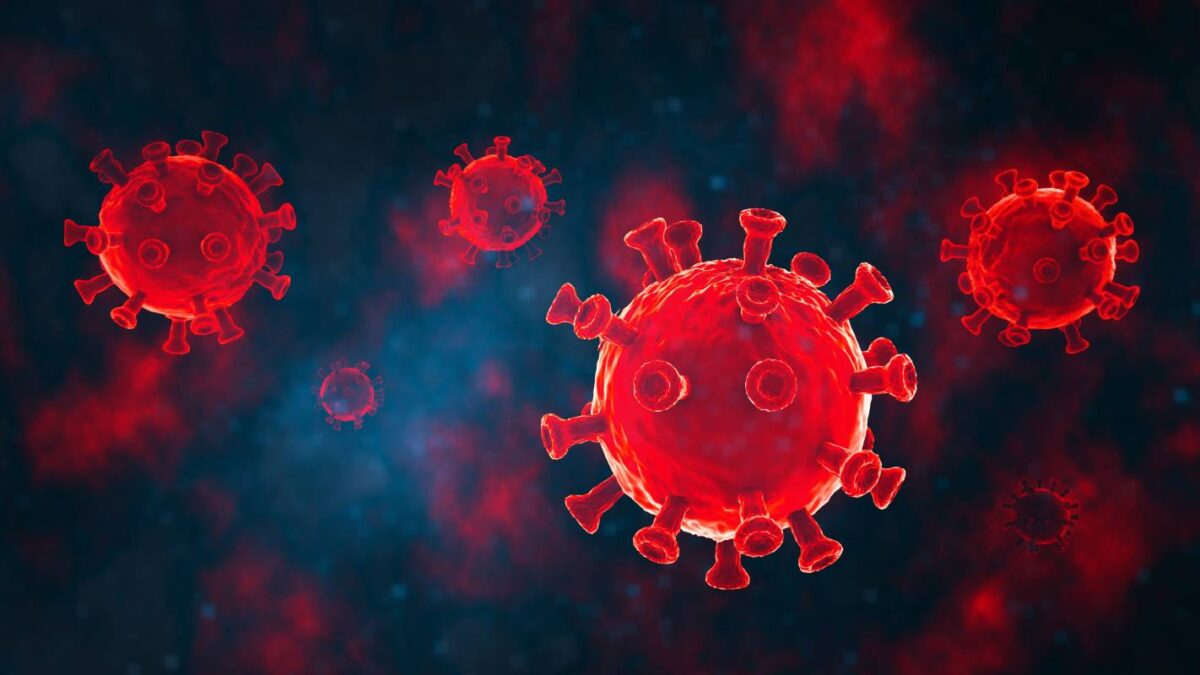Since the start of the Covid-19 pandemic, the origin of the SARS-CoV-2 virus has remained the subject of intense scientific and political debate. A recent report presented to the World Health Organization in March 2023 provides the most substantial evidence to date that the coronavirus was first transmitted to human populations from a wild-animal source. This new data points toward a more definitive understanding of the origins of Covid-19.
A French evolutionary biologist discovered a collection of genetic sequences from samples collected at the Huanan Seafood Wholesale Market—the location where Covid-19 was first reported—on a coronaviruses database (3). Chinese researchers had quietly uploaded the genetic sequences, which were collected from swabs of surfaces in the market in late 2019 (3). New analyses from this data suggest a particular origin for Covid-19 — that live mammals for sale illegally at the market could have been shedding the coronavirus when the pandemic began (3). In particular, the genetic material of raccoon dogs—a foxlike member of the canine family native to East Asia—was found in the same places as pieces of SARS-CoV-2’s genome (1).
A portion of the genetic material in the report was RNA molecules, which degrade quickly. Thus, the presence of RNA material from live mammals may indicate that these animals were present at the market just before the swabs of the surfaces were collected (3).
The report from the biologist and international colleagues came to light only three weeks after the U.S. Energy Department concluded “with low confidence” that the coronavirus pandemic was likely started by a laboratory leak (2). The virus may have been transmitted from the Wuhan Institute of Virology, which is known for its high expertise in studying coronaviruses (2). Laboratory leaks have happened before; in 2014, personnel at the CDC’s Roybal Campus were exposed to viable anthrax. However, the new data showing raccoon dog DNA suggests that the Covid-19 pandemic may have had purely natural origins, with the raccoon dog serving as an intermediary host for the virus (2).
More information is necessary for researchers to draw definite conclusions, and scientists speculate that there could be more data available, considering how long it took for the genetic sequences to come to light (3). The WHO has publicly indicated that additional data should be presented by the Chinese researchers who collected them (3). Deducing the origins of Covid-19 has important implications, considering that the virus has killed nearly 7 million people worldwide and inflicted many others with chronic illness (3). Understanding the origins of Covid-19 will empower public health officials and government authorities to take steps to prevent similar outbreaks and continue developing more effective treatments and vaccines.
References
- Kang, David and Maria Cheng. “New COVID origins study links pandemics beginning to animals, not a lab.” PBS, 17 Mar 2023, www.pbs.org/newshour/science/new-covid-origins-study-links-pandemics-beginning-to-animals-not-a-lab
- Stolberg, Sheryl Gay et al. “The Origins of the Covid Pandemic: What We Know and Don’t Know.” The New York Times, 17 Mar 2023, www.nytimes.com/article/covid-origin-lab-leak-china.html
- Wu, Katherine J. “A Major Clue to COVID’s Origins Is Just Out of Reach.” The Atlantic, 21 Mar 2023, www.theatlantic.com/science/archive/2023/03/covid-pandemic-origins-missing-evidence-debate/673460/
- Wu, Katherine J. “The Strongest Evidence Yet That an Animal Started the Pandemic.” The Atlantic, 16 Mar 2023, www.theatlantic.com/science/archive/2023/03/covid-origins-research-raccoon-dogs-wuhan-market-lab-leak/673390/
